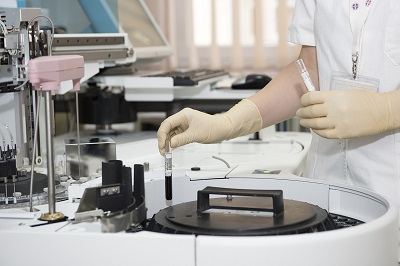Requirements for applying for EU CE certification of ventilators
Release time:2024-07-22 13:48:36
The author:
source:
Classification: Determine the correct classification of your ventilator (Class I, IIa, IIb, or III) based on its intended use, duration of use, and invasive nature. This classification determines the level of scrutiny required for conformity assessment.
Applying for CE certification for ventilators to market them in the European Union involves meeting several key requirements under the Medical Devices Regulation (MDR). Here are the essential requirements:
1. Conformity Assessment
Classification: Determine the correct classification of your ventilator (Class I, IIa, IIb, or III) based on its intended use, duration of use, and invasive nature. This classification determines the level of scrutiny required for conformity assessment.
Conformity Assessment Procedure: Select and follow the appropriate conformity assessment procedure:
- Class I: Self-certification based on conformity with the general safety and performance requirements (Annex I).
- Class IIa, IIb, III: Involves assessment by a Notified Body (NB). Procedures include Annex II (full quality assurance), Annex III (EC type examination), Annex IV (production quality assurance), or Annex V (product quality assurance).
2. Technical Documentation
- Technical File: Prepare a comprehensive technical file that demonstrates conformity with the MDR's essential requirements. This file typically includes:
- Device description and specifications
- Design and manufacturing information
- Risk assessment and risk management documentation (ISO 14971)
- Clinical evaluation report demonstrating safety and performance
- Verification and validation data
- Labeling and instructions for use
- Packaging information
3. Quality Management System (QMS)
- ISO 13485 Compliance: Implement a quality management system (QMS) that meets the requirements of ISO 13485:2016 or an equivalent standard. This system should cover design, manufacturing, and post-market surveillance processes.
4. Clinical Evaluation
- Clinical Data: Perform a clinical evaluation to demonstrate the safety and performance of the ventilator. This involves:
- Reviewing relevant scientific literature
- Collecting and analyzing clinical data, including clinical investigations if necessary
- Evaluating clinical benefits and risks associated with the device's intended use
5. Post-Market Surveillance (PMS) System
- PMS Plan: Establish a post-market surveillance system to monitor the performance and safety of the ventilator once it is placed on the market. This includes:
- Periodic updating of clinical evaluation based on post-market data
- Handling of complaints, incidents, and field safety corrective actions (recalls)
- Reporting to competent authorities as required
6. Labeling and Instructions for Use
- Labeling Requirements: Ensure the ventilator is appropriately labeled with the CE mark and necessary information, including:
- Device identification and specifications
- Manufacturer information
- Instructions for use, including precautions and warnings
7. Declaration of Conformity (DoC)
- DoC Issuance: Issue a Declaration of Conformity (DoC) stating that the ventilator meets all applicable requirements of the MDR.
8. Authorized Representative (if applicable)
- EU Authorized Representative: If your company is based outside the EU, appoint an authorized representative within the EU responsible for liaising with competent authorities.
9. Compliance with General Safety and Performance Requirements (GSPR)
- GSPR Compliance: Ensure that the ventilator meets the general safety and performance requirements laid out in Annex I of the MDR. These requirements cover aspects such as design, manufacture, and usability to ensure the device's safety and efficacy.

Contact Us:
Whatsapp or Wechat:+86 15816864648;email address:hito.lin@grzan.cn
.png)
.jpg)
.png)

.png)